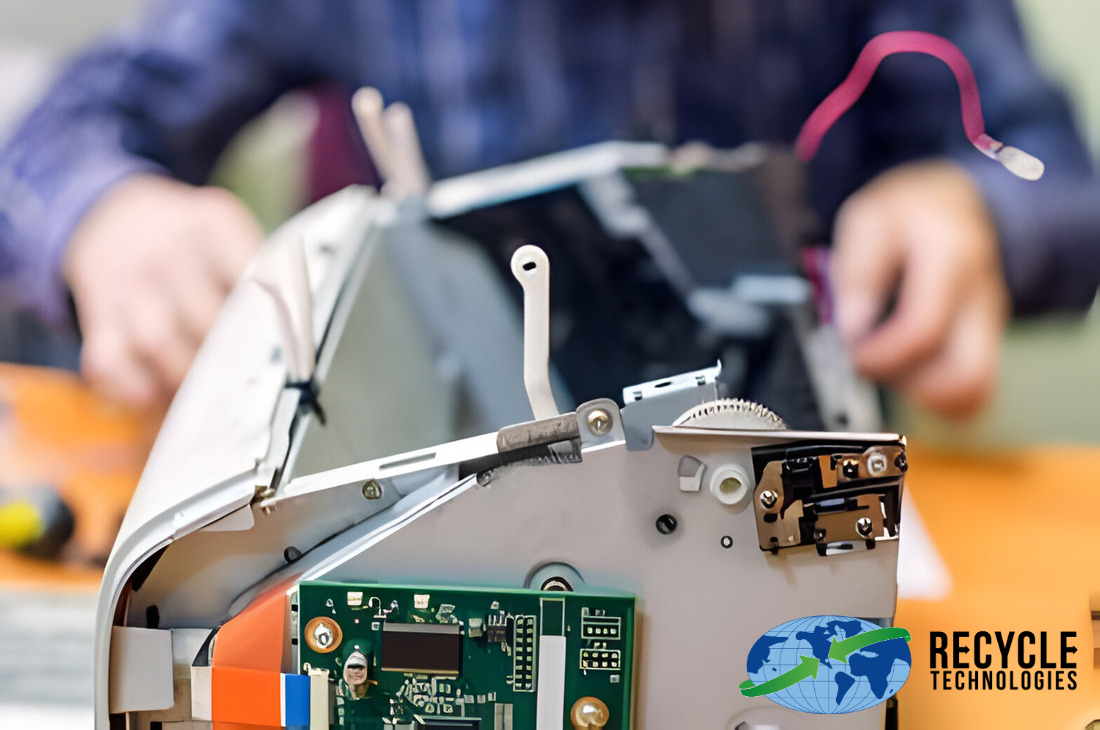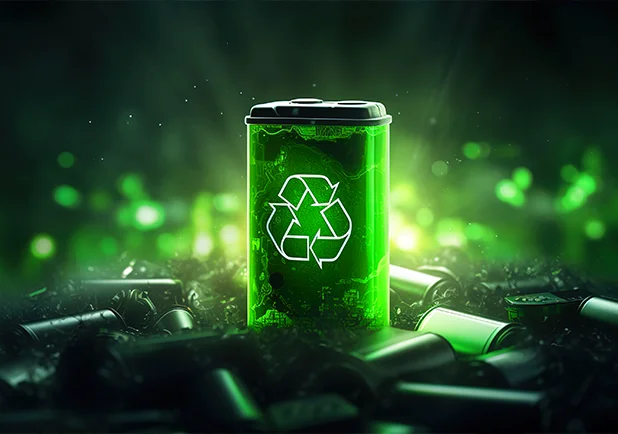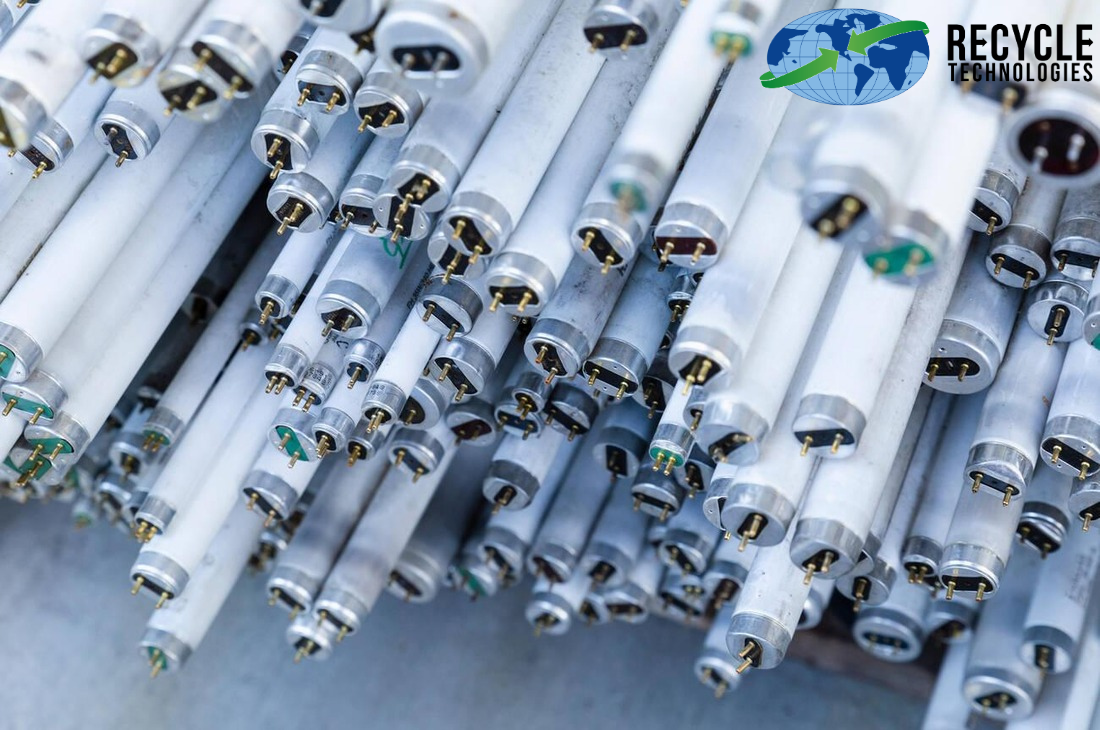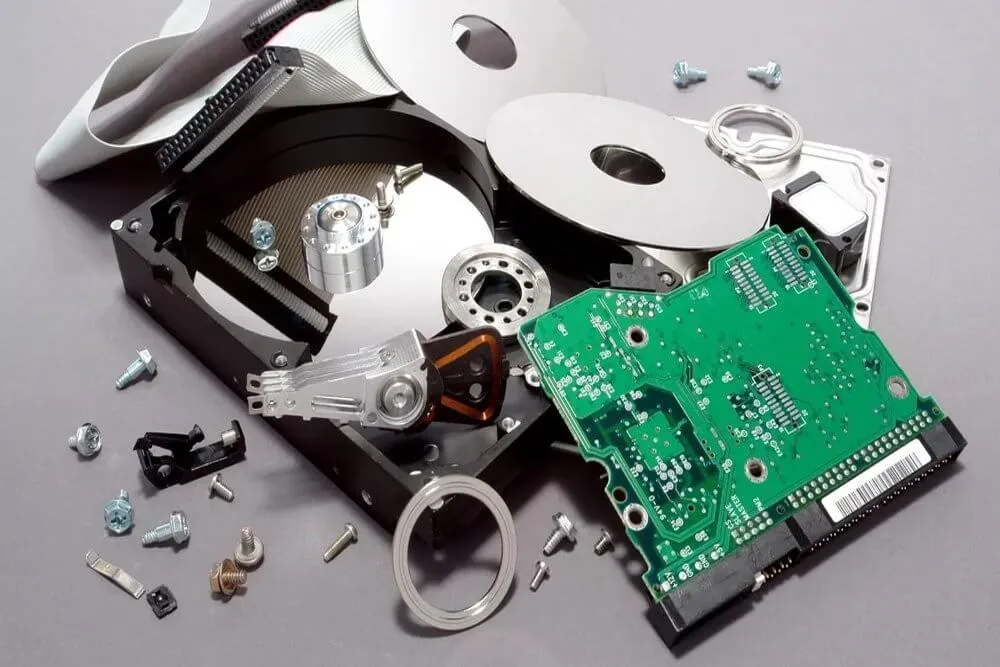Understanding IT Asset Disposition (ITAD)
In today's rapidly evolving technological landscape, companies are constantly upgrading their IT infrastructure to stay ahead of the competition. This constant cycle of upgrades and replacements inevitably leads to the accumulation of outdated and obsolete IT assets. Disposing of these assets in a secure and environmentally responsible manner is crucial to minimize risks, comply with data protection regulations, and ensure a seamless transition to modern technologies. This is where IT Asset Disposition (ITAD) comes into play.
IT Asset Disposition is the process of managing the retirement, disposal, and remarketing of IT assets in a secure and sustainable manner. It involves the strategic planning and execution of activities such as data sanitization, asset tracking, recycling, and responsible disposal. By implementing effective ITAD strategies, businesses can not only mitigate the risks associated with data breaches and environmental damage but also unlock hidden value from their retired assets.
The Importance of Effective ITAD Strategies
Implementing effective ITAD strategies is crucial for businesses for several reasons. Firstly, data security is a paramount concern in today's digital age. Improper disposal of IT assets can lead to data breaches and expose sensitive information, resulting in significant financial and reputational damage. Secondly, compliance with data protection regulations such as the General Data Protection Regulation (GDPR) is mandatory for businesses operating in many districts. Failure to comply with these regulations can result in hefty fines and legal consequences. Thirdly, responsible IT asset disposition ensures that valuable resources are recovered and recycled, reducing the environmental impact of electronic waste.
Risks and Challenges in ITAD
ITAD poses several risks and challenges that need to be effectively managed. One of the primary risks is data breaches. Improper data sanitization or failure to securely dispose of IT assets can expose sensitive information to unauthorized access. This not only damages the reputation of the company but also exposes it to legal consequences. Another challenge is ensuring compliance with data protection regulations. With the increasing number of data protection laws globally, businesses need to stay up to date with the latest requirements to avoid fines and penalties. Additionally, the environmental impact of electronic waste is a pressing concern. Improper disposal of IT assets can lead to pollution and resource depletion, undermining sustainability efforts.
Key Components of a Successful ITAD Strategy
To implement an effective ITAD strategy, several key components need to be considered. Firstly, proper planning and documentation are essential. This includes identifying all IT assets to be retired, assessing their value, and determining the most appropriate disposition method for each asset. Asset tracking throughout the disposal process ensures accountability and transparency. Secondly, data security should be a top priority. This involves thorough data sanitization through methods such as degaussing or physical destruction. Thirdly, compliance with data protection regulations is crucial. Businesses need to have a clear understanding of the legal requirements and ensure they are followed throughout the ITAD process. Lastly, environmental considerations should be factored in. Prioritizing recycling and responsible disposal of IT assets helps minimize environmental impact and supports sustainability goals.
Data Security and Compliance in ITAD
Data security is a critical aspect of ITAD. When retiring IT assets, businesses must ensure that all data stored on these devices is securely erased to prevent unauthorized access. Data breaches can lead to severe consequences, including financial losses, reputational damage, and legal liabilities. To mitigate these risks, businesses should follow industry best practices for data sanitization. This typically involves using certified software tools or physical destruction methods to ensure that all data is permanently erased. Additionally, compliance with data protection regulations is essential to avoid legal consequences. Businesses should familiarize themselves with the requirements of laws such as GDPR and implement processes that align with these regulations.
Environmental Considerations in ITAD
In addition to data security, environmental considerations play a significant role in ITAD strategies. The improper disposal of IT assets can lead to pollution and the release of hazardous substances into the environment. To minimize the environmental impact, businesses should prioritize responsible disposal and recycling. This involves working with certified e-waste recyclers who adhere to strict environmental standards. By recycling IT assets, valuable resources can be recovered, reducing the need for raw materials, and supporting the circular economy. Furthermore, businesses should consider implementing energy-efficient technologies and extending the lifecycle of their IT assets whenever possible to minimize electronic waste generation.
Best Practices for Implementing ITAD Strategies
To ensure the successful implementation of ITAD strategies, businesses should follow best practices. Firstly, it is crucial to engage stakeholders from various departments, including IT, legal, and compliance, to ensure a comprehensive approach. This collaboration helps in identifying potential risks and developing effective mitigation strategies. Secondly, businesses should maintain accurate records of all retired IT assets, including serial numbers, specifications, and disposal methods. This documentation aids in tracking and accountability. Thirdly, regular training and education programs should be conducted to keep employees informed about the importance of ITAD and their role in the process. Lastly, businesses should regularly review and update their ITAD policies to align with evolving regulations and industry best practices.
Choosing the Right ITAD Provider
Choosing the right ITAD provider is crucial for the success of an ITAD strategy. When selecting a provider, several factors should be considered. Firstly, the provider should have a proven record of accomplishment in data security and compliance. They should adhere to recognized industry standards and certifications. It is where Recycle Technologies and our competent services come into effect.
Secondly, the provider should offer a range of services that align with the specific needs of the business, such as data sanitization, asset tracking, recycling, and responsible disposal. Thirdly, the provider should have a robust network of certified e-waste recyclers to ensure proper handling and recycling of retired IT assets. Lastly, the provider should offer transparent reporting and documentation throughout the ITAD process to ensure accountability and compliance.
ITAD Services and Solutions at Recycle Technologies
ITAD providers offer a range of services and solutions to meet the diverse needs of businesses. These services typically include asset tracking, data sanitization, recycling, and responsible disposal. Asset tracking enables businesses to maintain accurate records of all retired IT assets, ensuring accountability and transparency. Data sanitization involves securely erasing all data stored on IT assets to prevent unauthorized access. Recycling and responsible disposal ensure that retired assets are handled in an environmentally sustainable manner, minimizing electronic waste and resource depletion.
Conclusion
Implementing effective IT Asset Disposition (ITAD) strategies is crucial for businesses looking to securely retire and dispose of their outdated IT assets. By prioritizing data security, compliance, and environmental considerations, companies can mitigate risks, comply with regulations, and support sustainability efforts. Following best practices, engaging stakeholders, and choosing the right ITAD provider are key steps in ensuring a seamless transition to modern technologies. With the rapid pace of technological advancements, businesses must prioritize ITAD strategies to stay ahead while minimizing risks and maximizing value from their retired IT assets.












